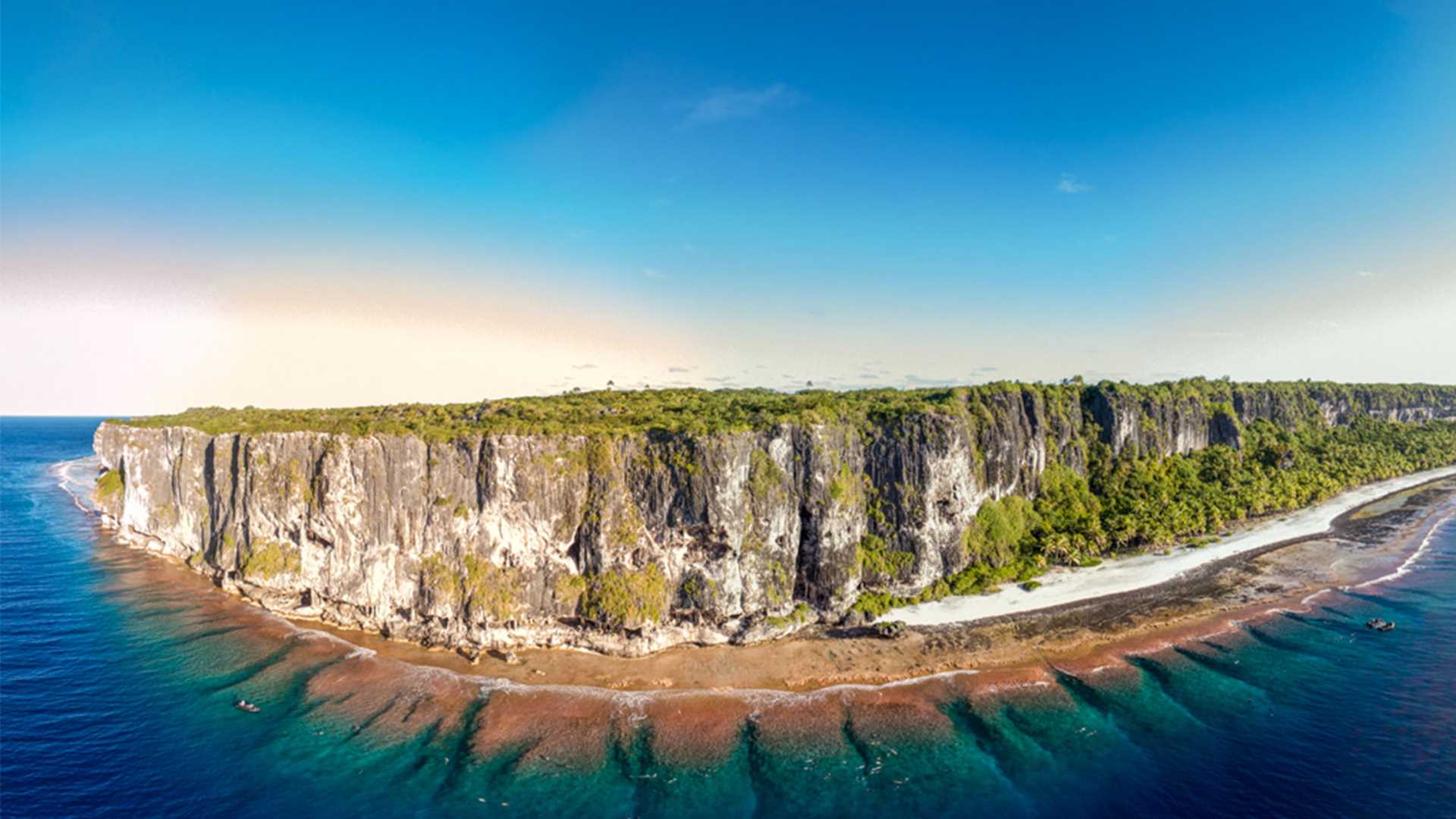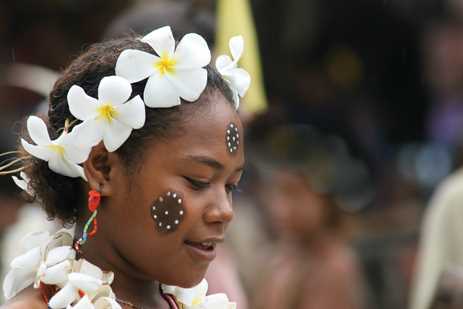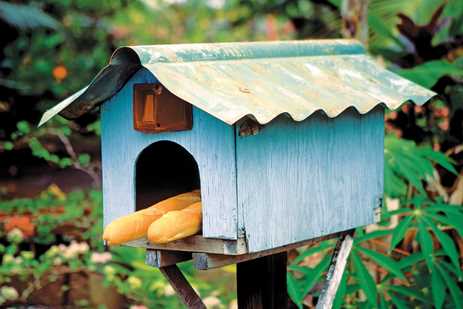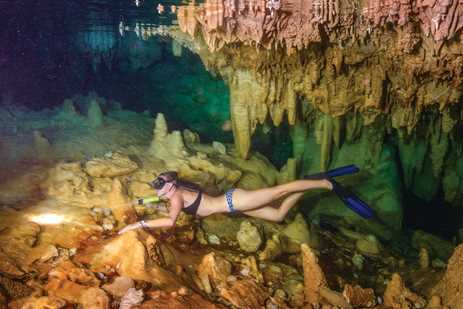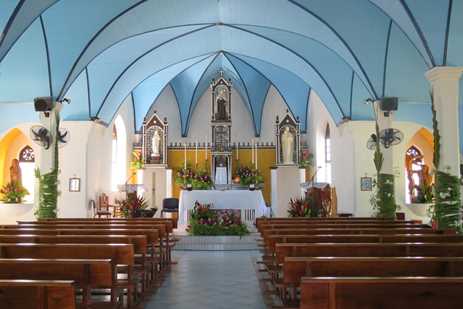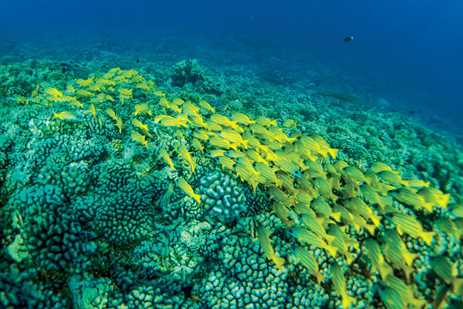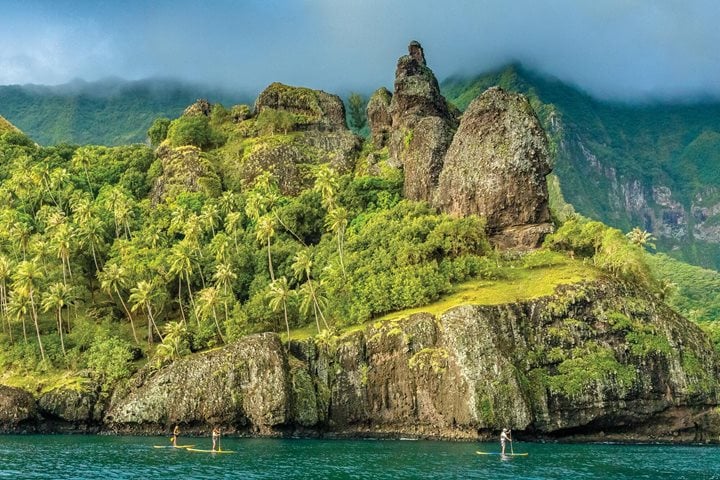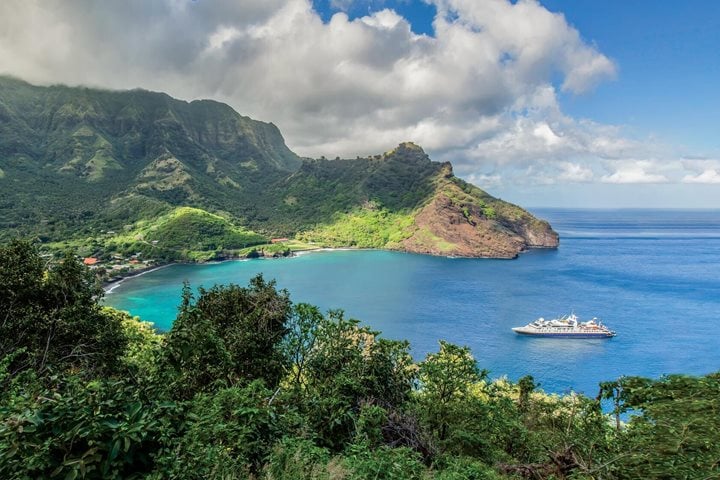Tropical, secluded, and lush, the islands and atolls of French Polynesia are where travel fantasy meets reality. Although this region is known for its vitreous aqua water, lilting palms, and dreamy white sand beaches, the islands also hold many only-here discoveries to make beyond the sand and sun. From hidden underwater caves to vibrant coral churches, here are five highlights you may not know can be found in this special part of the South Pacific.
Get Inspired By Photos, Videos, Webinars, Stories, And Exclusive Offers.
Sign Up
Call +1.800.397.3348 or contact your travel advisor

